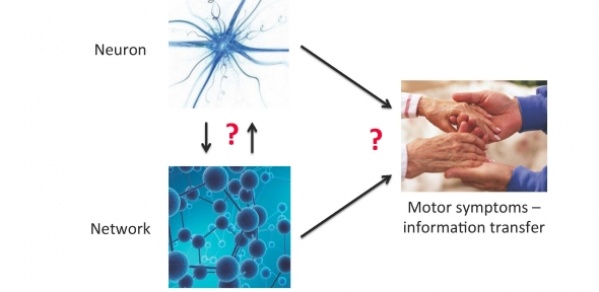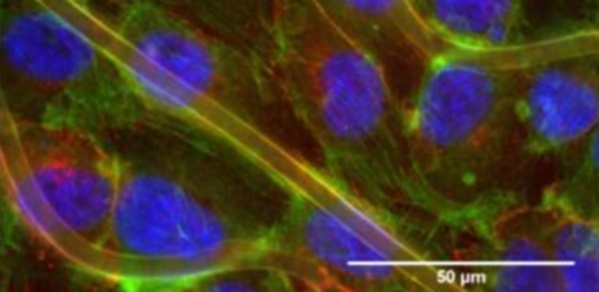The Biological Engineering research group seeks to understand living things through application of engineering sciences, including engineering principles of molecular biology, bioinformatics, mechanics of biological tissues, systems physiology, and neuroscience.
Examples of activity include:
- Biologically Inspired Robotics Laboratory - understanding adaptivity and autonomy of animals through the investigation of dynamic robots, and so engineering novel robotic applications which are more adaptive, manoeuvrable, resilient, and energy efficient.
- Biomechanics Group - using modelling and experimental techniques to characterise and simulate the properties of biological materials.
- Computational and Biological Learning Laboratory – researching engineering approaches to understand the brain and to develop artificial learning systems.
- Biological applications of control and systems theory
- Structures for the Biological Sciences (Structures Research Group) – understanding the behaviour of Nature's structures using Engineering terms such as, for example, geometrical concepts and determinacy, to shed light on their behaviour and to employ their best features for better engineering solutions.
- Laboratory of Systems and Synthetic Microbiology - levaraging single-cell microfluidics, time-resolved imaging, genetic engineering, machine learning, and modeling, we analyse and engineer microbial systems for applications in healthcare and bioproduction.


